In the face of the global education reform trend, Vietnam is promoting the policy of "one program, many textbooks" to create diversity, healthy competition and improve the quality of education.
How do countries use textbooks?
However, for this model to be most effective, it is necessary to clearly recognize the challenges and apply experiences from advanced countries.
International experience shows that Japan has long applied this model effectively. According to a report by Japan's National Institute for Educational Policy Research (NIER), the key to the country's success is to build a unified national curriculum framework with clear output standards.
Publishers compete freely but must adhere to transparent, rigorous and independent evaluation criteria. As a result, Japanese students have access to quality textbooks that are suitable for different regions and audiences.
In the US, according to research by the National Education Policy Center (NEPC), most states apply a diverse textbook policy based on a federal standard curriculum framework. Teachers actively choose books that suit their teaching methods, while exams are developed independently of the textbooks. Thanks to that, US education creates high flexibility and creativity, adapting to each locality.
Finland, a country with a world- class education system, does not impose a single textbook but encourages teachers and schools to freely choose teaching materials. According to the Finnish National Institute of Education, this policy encourages teachers to be creative and develop students' self-learning ability, helping Finnish students always top international education rankings such as PISA.
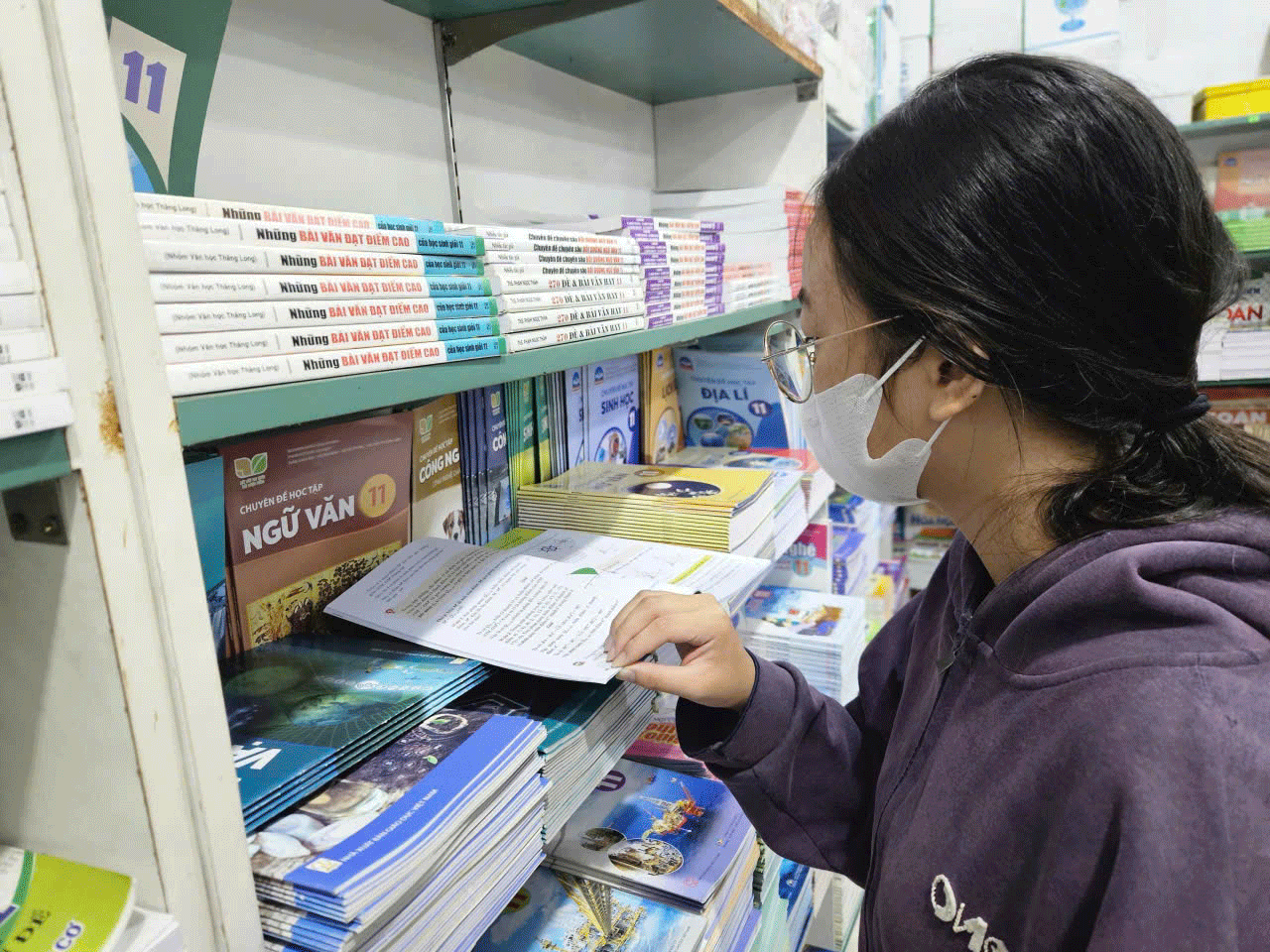
Vietnam needs to learn from international experience in implementing textbook policies. Photo: HUE XUAN
Clear strategy
However, in reality in Vietnam there are still many problems that need to be resolved. The current textbook management and appraisal system is not transparent and objective enough, leading to many controversies and doubts about the quality of books. Teachers and schools do not have enough time and conditions to fully access new sets of books, making them still dependent on traditional sets of books. The design of exams still has many limitations when they often follow detailed content from textbooks, creating pressure to memorize and limiting students' creativity.
To successfully implement the textbook diversity policy, the Ministry of Education and Training should first develop a national education program with clear core knowledge and competency standards. The Ministry should also publicly announce the criteria and textbook appraisal process in a transparent, objective and independent manner. Appraisal must have the broad participation of education, cultural and social experts, not just education managers.
Second, build a student assessment mechanism that is completely independent of specific textbooks. National exams should be designed based on the program's capacity and output standards, not based on the detailed content of any textbook, helping to prevent mechanical memorization.
Third, invest heavily in teacher training to adapt to teaching diverse textbooks. The Ministry should develop intensive training courses and issue compulsory certificates for teachers before implementing new textbooks. This is the experience of Singapore - where teachers are continuously trained and tested on teaching capacity when there are changes in learning materials.
Fourth, promote the development of Open Educational Resources (OER), as has been successfully implemented in Canada and Australia. These open learning resources will support schools to supplement content that is suitable for local characteristics, while reducing the cost of learning materials and increasing accessibility for disadvantaged areas.
Finally, it is necessary to strongly digitize textbooks and develop digital infrastructure in schools. Following the successful model of Korea, electronic textbooks integrating multimedia and interaction have helped students become more interested in learning, while reducing the pressure of memorization.
In short, the diverse textbook policy is not the ultimate goal, but a means to improve the quality of education, promote creativity and meet the diverse learning needs of students. Vietnam can completely successfully apply this policy if it boldly absorbs and adjusts based on proven international experience, and at the same time thoroughly resolves the limitations that still exist in the implementation practice in our country.
Source: https://nld.com.vn/doi-moi-chinh-sach-ve-sach-giao-khoa-196250801211232951.htm








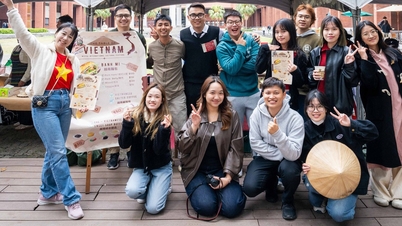






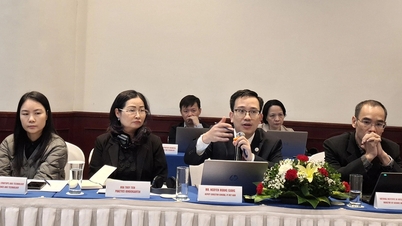






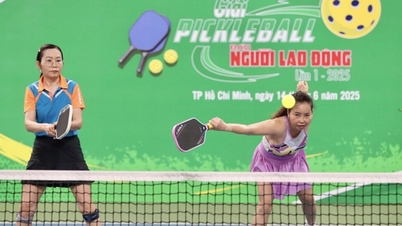
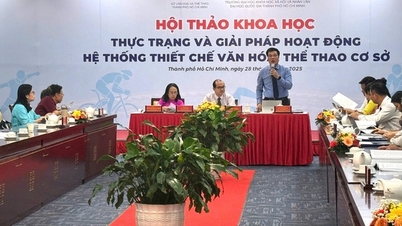

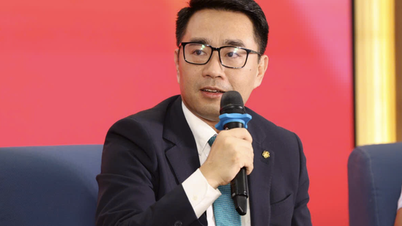
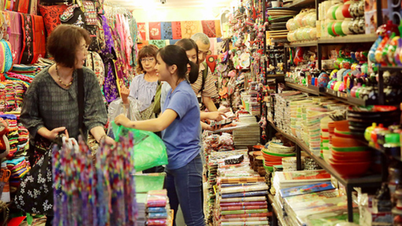





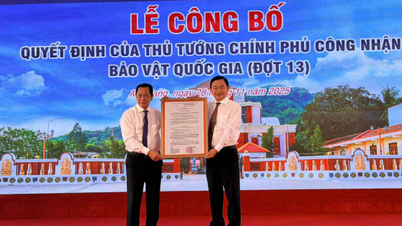



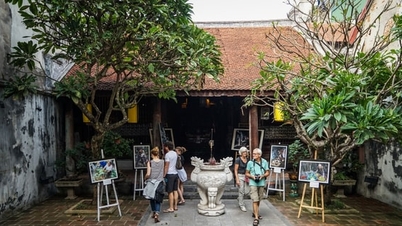



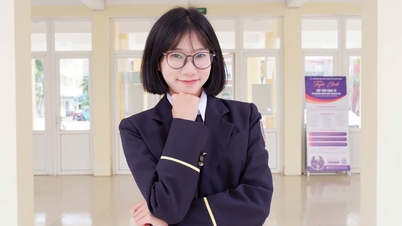



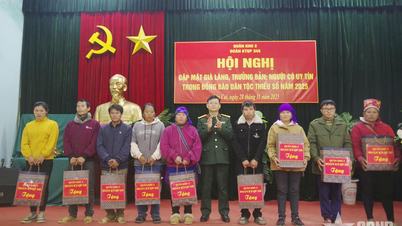
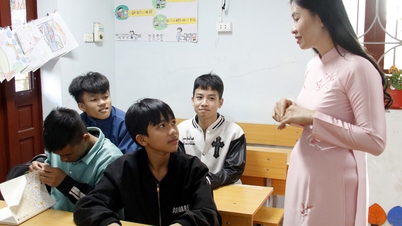

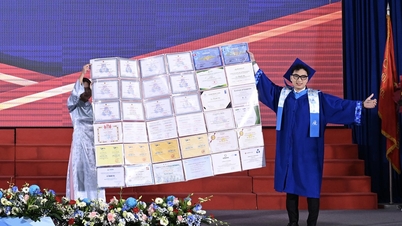
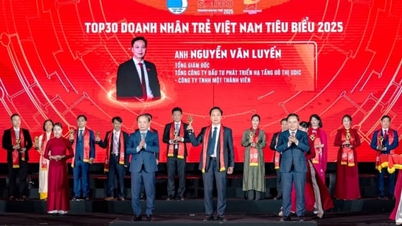

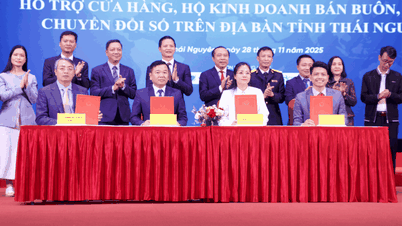


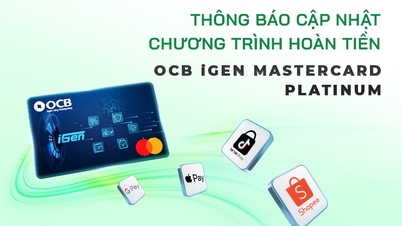
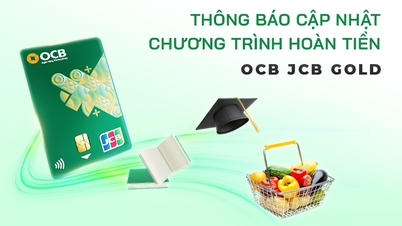

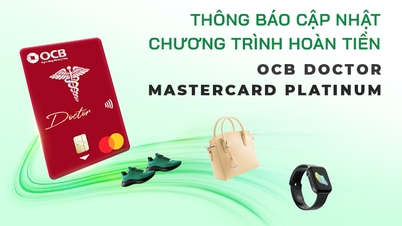

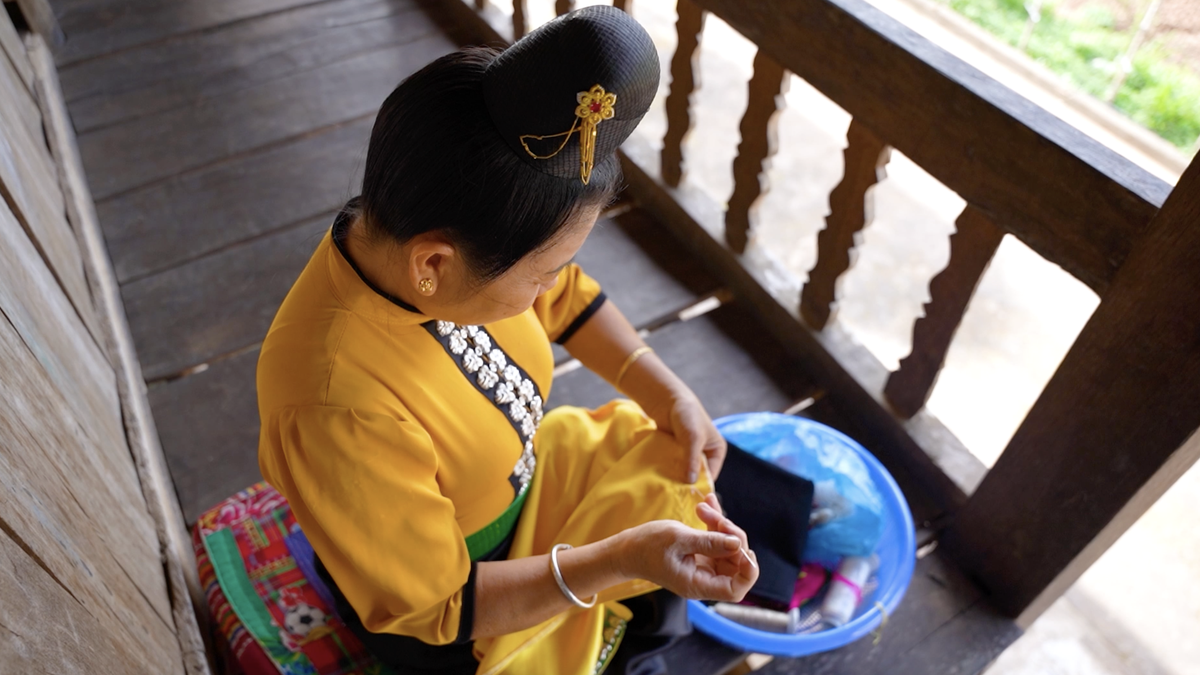



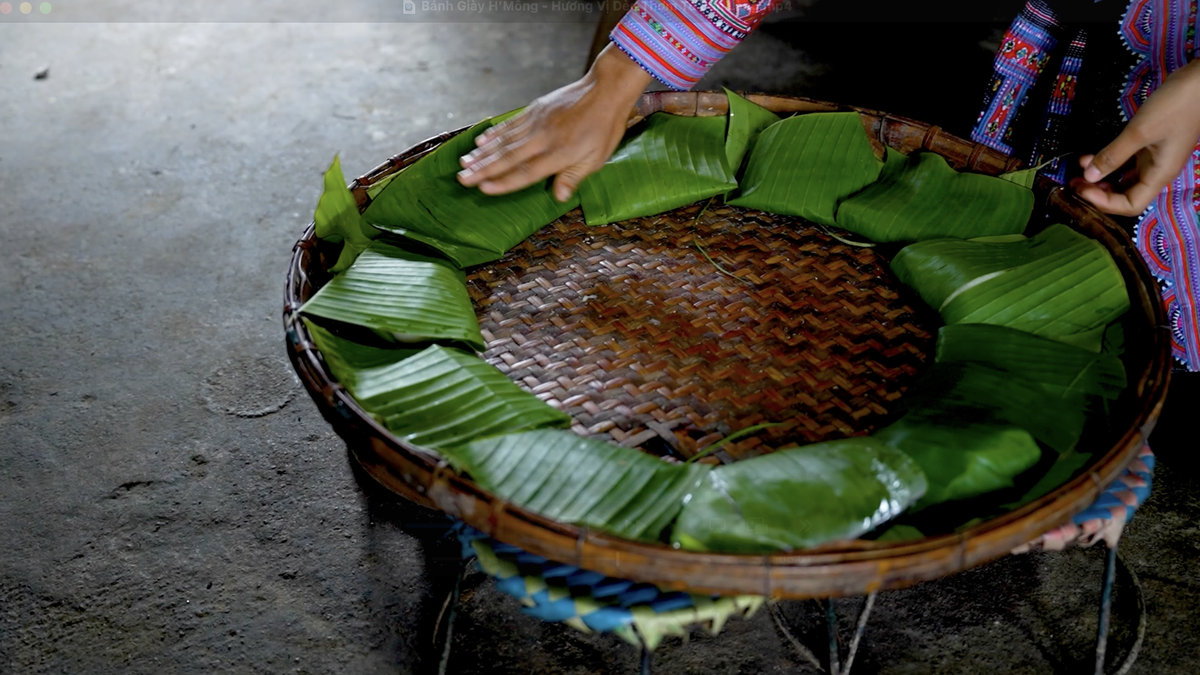
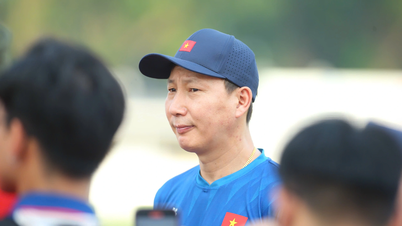



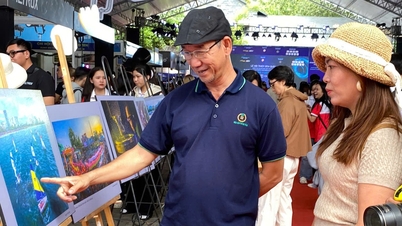
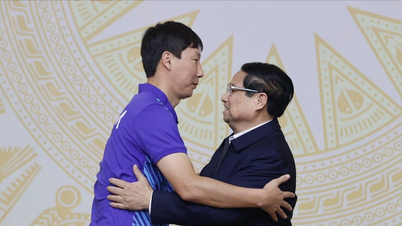
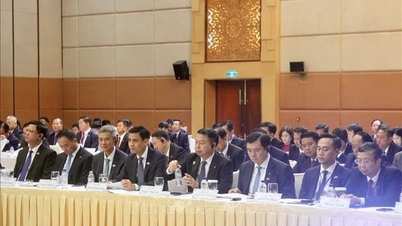

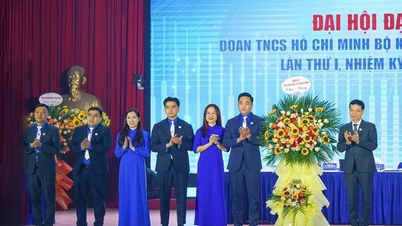




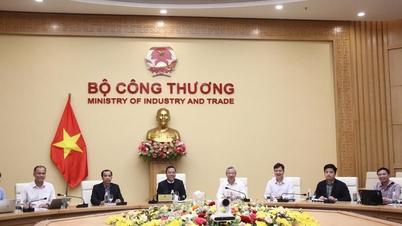

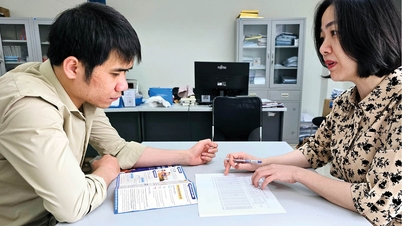








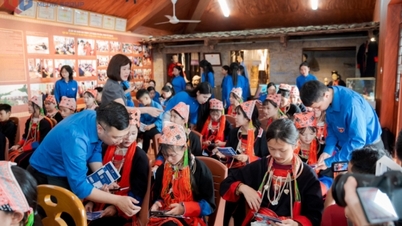




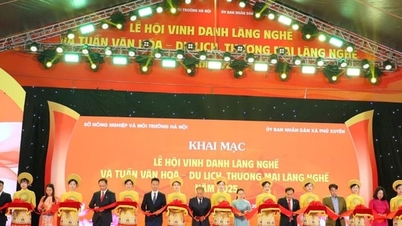

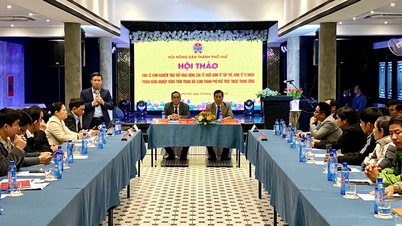


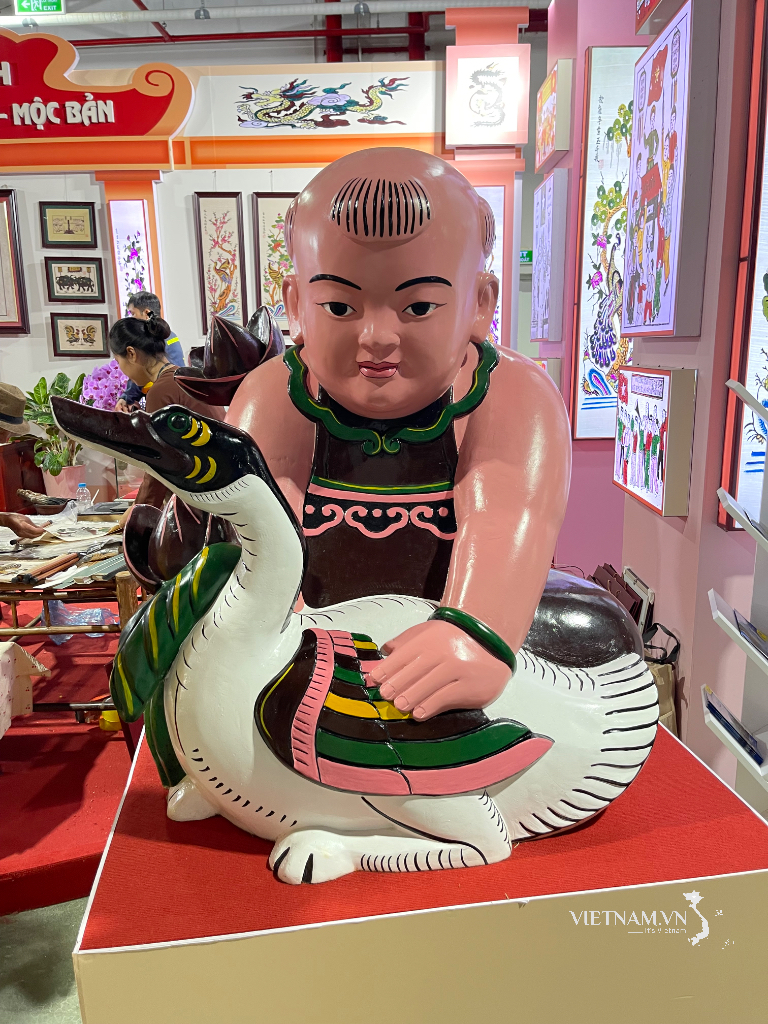


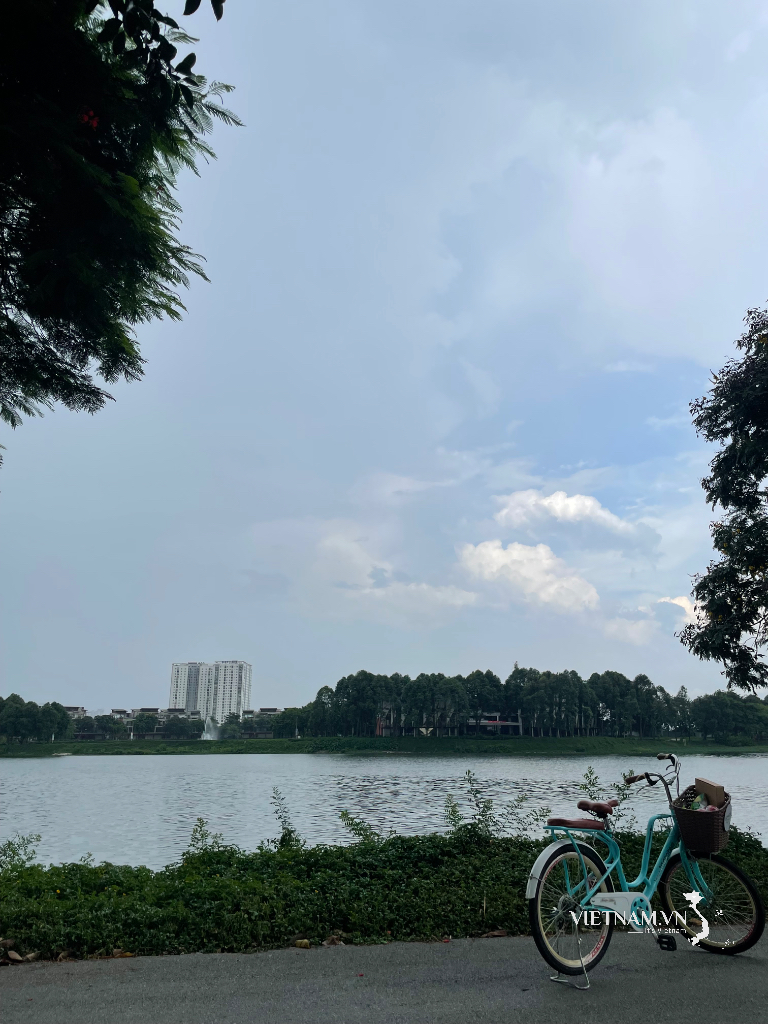
Comment (0)